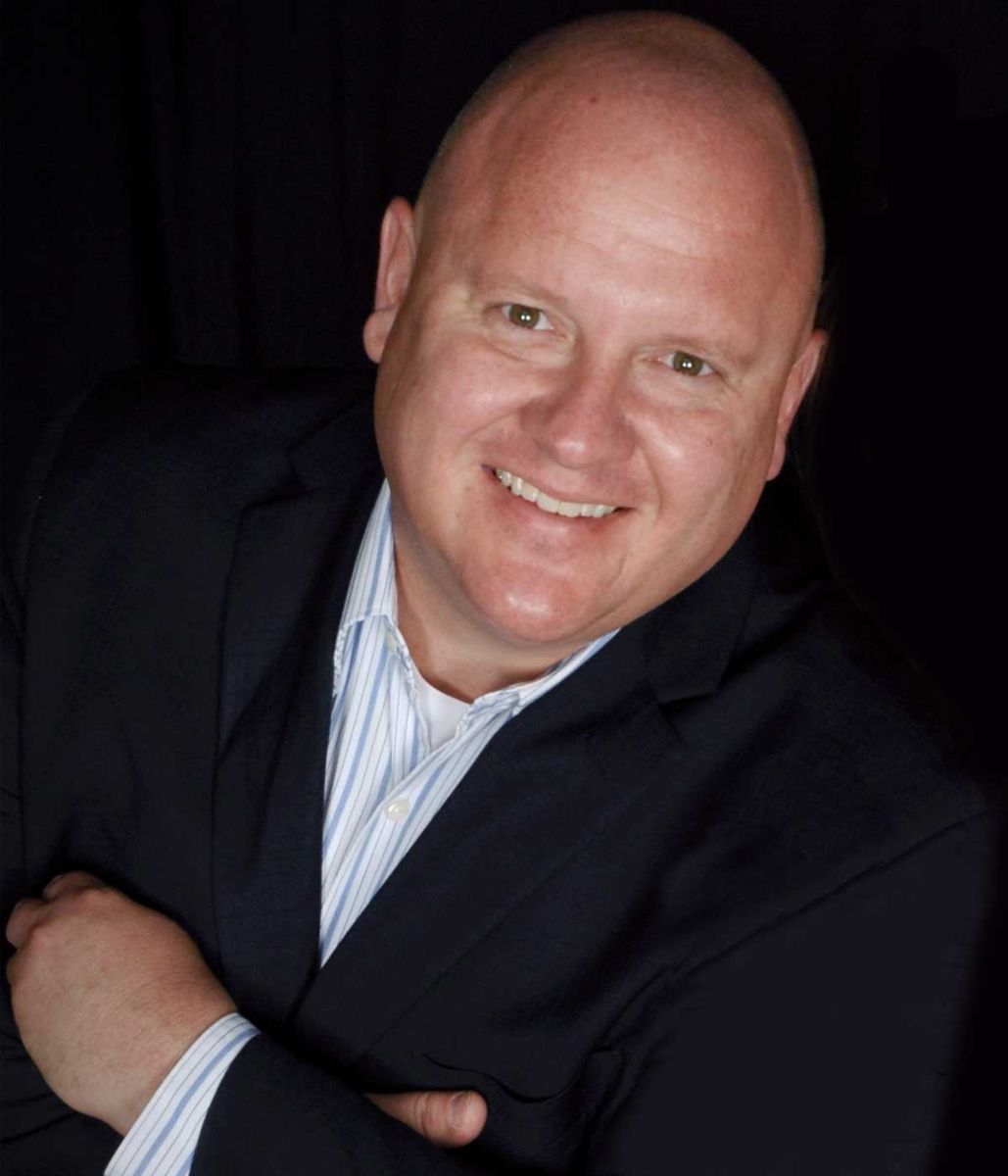Some say change is constant. Others resist change, sometimes to their detriment. Whether you embrace shift or resist it and need motivation in a ‘Who Moved My Cheese’ sort of fashion, shifts in our lives are inevitable. Such is the state of things in the world of cable & satellite television, as service providers strive to keep up with the changing viewing habits and desires of their subscribers. In this world, streaming and over the top (OTT) delivery are driving change into the traditional ways we watch television.
Some so-called experts will claim that streaming is the Achilles heel of television as we know it, saying that technology will turn the proverbial apple cart over, forever changing how we watch television. I’m much more moderate on this topic, seeking to cut through hype in favor of landing on a much more thoughtful and informed approach to not just the viewing element of the TV experience, but also in the technology aiding the delivery of this content. Make no mistake, OTT viewing (and the inherent technology) is opening up new ways in which to watch television and more screens on which to do so. But are we in a ‘Rome is burning’ type scenario where TV as we know it will change over the next many months? Hardly.
To really understand these changes is to break down the viewing audience into groups. For the longtime traditional television viewer/subscriber, streaming technology represents a new pathway to additive screens. That is, these viewers are now sometimes seeking, and are generally delivered an experience where they can watch the channels they normally watch in the ‘lean back’ living room, on a device like a tablet or smartphone. In this scenario, a service provider is reinforcing their brand with these viewers, extending the television experience and removing the shackles of the living room and set top box. This isn’t all to say that this group of subscribers would never cut the cord and reassemble their favorite channels using other means or new options - but they are by and large happy with their TV experience, especially given the extended viewing options. They are the generations most familiar with programmers, brands, and several hundred channel lineups. Call them your grandparents or even parents - this is the subscriber base not keeping service providers awake at night.
These next two groups are the aforementioned change agents. The millennial viewer and today’s teen are two large viewing groups who represent an unsolved problem in the world of television. In fact, with these groups the term ‘television’ becomes more ambiguous, where you could even simplify things more and call shows ‘content’. These are the viewers who may not connect ‘The Walking Dead’ with AMC or who think ‘Breaking Bad’ is a show on Netflix. They are immune to the notion of shows on a network, appointment viewing, and not being able to watch a given piece of content when they want it, on the device of their choosing. To them, live events represent the only content they cannot watch when they want it, and is largely relegated to sports and news. This is a generation that will likely never use a television antenna, much less a cable cord. For them, their viewing experience happens via WiFi or LTE and their screen of choice is the one in their hand. This is a generation of viewers who shun the electronic programming guide in favor of search and social recommendations for the content they consume.
These viewers pose the largest challenge for programmers and service providers. Some providers have sought to hook these viewers with an offer of bandwidth and sprinkle in some newer offerings, throwing in a subscription to HBO Now for a short time. But this approach is destined to backfire with most viewers, when the trial is up and the providers seeks to convert the subscriber to a more traditional multi-channel lineup. Perhaps this group of consumers will represent a new type of subscriber, paying for bandwidth but only a small a la carte selection of the content they want. In the recent past, this type of model inspired claims of great savings versus traditional cable and satellite offerings. Even with the presence of more channels and content available via streaming, don’t expect the cost of consuming that content to add up to orders of magnitude less than traditional television channel packages.
While the path ahead isn’t entirely clear, it will be interesting to see what free and ad-supported services (like DIRECTV Now/Mobile and Go90) along with YouTube’s recently announced ‘Unplugged’ will do to find favor and adoption amongst these viewers. One thing’s sure - the ride won’t be straight and direct. Expect plenty of curves - and changes.

Matt Smith joined Anvato in 2014 as Chief Evangelist and he is a recognized digital media industry evangelist and thought leader. He has spoken at the National Association of Broadcasters (NAB) Show, TVNext, Streaming Media East & West, NewTeeVee, among others. Prior to Anvato, Matt was Vice President, Technology for Chideo – a next generation network for charitable giving, connecting fans with the personalities they follow and providing exclusive media experiences on any screen.
Edited by
Stefania Viscusi